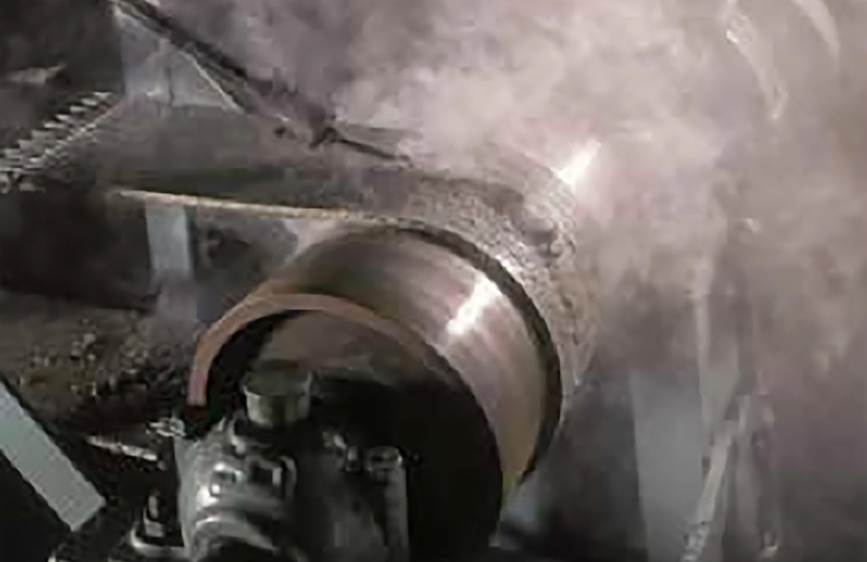Conveyor fires: Causes and prevention from Martin Engineering


With its Foundations Learning Center, the largest comprehensive free conveyor training archive on the web, Martin Engineering gives detailed insight into the causes and prevention of deadly fires. This article, written in collaboration with the authors of Foundations for Conveyor Safety, gives an overview of how to improve workplace safety.
One factor that makes conveyor fires so hazardous is that the belt itself can be the fuel. According to a study of belt fires conducted by the U.S. National Institute for Occupational Safety and Health (NIOSH),[1] any of the standard neoprene, PVC, chloroprene and BELT-approved SBR belts can ignite. Although some belts were self-extinguishing, the conclusion is that there is no non-flammable belt, particularly when accompanied by a combustible material.
Inadequate belt cleaning in the discharge zone can lead to dust and carryback on the return side of the belt, causing a fouled tail pulley to run under a stalled belt, which creates tremendous heat. Continuous frictional contact with a seized idler or the roller face can cause a loaded belt to exceed safe operational temperatures. It can also potentially result in extreme wear on the belt, degrading the main fire-retardant layer and exposing the heat-sensitive materials found in the belt’s inner construction.
Fugitive material control and regular cleaning of spillage are imperative. Without proper belt cleaning, chute sealing and belt tracking, spillage that collects around the loading and discharge areas can damage moving components, restrict access by fire crews and potentially act as fuel.
Dust control is extremely important when handling combustible substances, and it is recommended operators consider how combustible the transported material – coal, petroleum coke, cellulose, etc. – can be. Significant amounts of dust can collect on the walls of the loading zone chute. If a foreign metal object is accidentally introduced into the enclosed area, a spark can potentially create an explosion
When examining conveyor equipment, one should approach the task with the same critical mindset as any qualified. Safety professionals recommend a holistic view of the system and the combustibility of the material. When making a conveyor fire risk assessment, also consider spillage, conveyor proximity to workstations, hazardous conveyor design, storage of flammable liquids, and compliant signage.
Often, the potential return on investment (ROI) for prevention equipment isn’t recognized until managers are inspecting burnt rubble and negotiating with insurance adjusters. However, safety-minded operators understand that the same equipment they would implement for increased efficiency such as belt cleaners and impact cradles, can also help prevent fires. These include impact and support cradles, transfer chute design, belt trackers, and belt cleaner systems.
Operators should regularly contain airborne dust at transfer points and remove accumulation. Damaged rollers must be replaced promptly. Conveyor belt alignment is also an essential prerequisite to belt safety. Consider using flame-resistant grease and other lubricants. Fire detection and suppression systems must be tested in accordance to regulatory standards. Experience has shown that clean conveyor systems and ongoing maintenance form the best defense against fire.
Download the free books from Martin’s learning and conveyor safety foundations by clicking here.
Comments